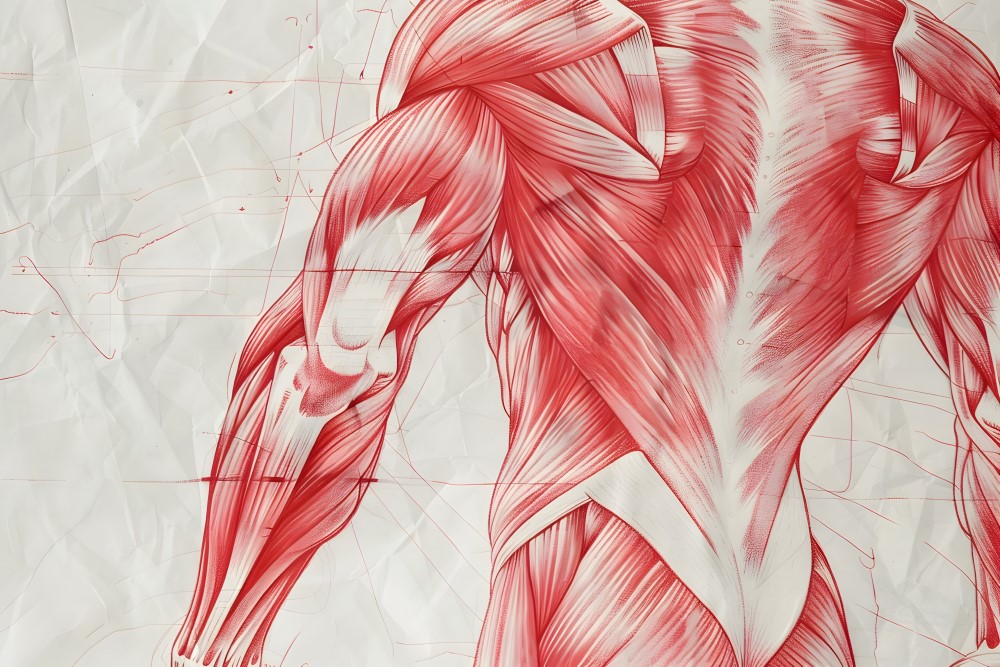Oxygen Advantage: can breathing techniques make you stronger?
Strength training focuses on lifting heavier, eating smarter, recovering efficiently and ultimately getting stronger. But what if an overlooked factor, as simple as breathing, could dramatically improve strength, endurance, and recovery? The Oxygen Advantage, a system developed by breathing expert Patrick McKeown, introduces breathing techniques that claim to enhance athletic performance by improving oxygen efficiency, reducing fatigue, and increasing CO2 tolerance. But can simply changing how you breathe actually make you stronger? Let’s explore this subject and take a look into its particulars in this article.
Increase efficiency
Traditional thinking suggests that it is as simple as more oxygen = better performance, but the reality is more complex. Strength and endurance depend not just on oxygen intake but also on how efficiently your body uses oxygen. Breathing techniques that increase this efficiency focus on:
- CO2 tolerance: higher CO2 levels improve oxygen delivery to muscles via the Bohr effect, or the phenomenon where hemoglobin’s affinity for oxygen decreases when the pH of the blood decreases or when carbon dioxide levels increase, meaning in practical terms that it gets easier to unload oxygen from the blood to muscle tissue;
- Diaphragm strength: a strong diaphragm increases breathing efficiency, reducing energy waste;
- Nasal breathing: filtering air through the nose enhances nitric oxide production, which improves circulation and oxygen uptake;
- Breath control under load: managing intra-abdominal pressure improves bracing during heavy lifts.
Key breathing techniques
Now that we’ve gone through which effects to expect, let’s introduce the key breathing techniques that can supposedly lead to higher levels of strength and performance:
Nasal breathing for increased oxygen efficiency
- Encourages proper CO2 balance for better oxygenation;
- Reduces stress and improves recovery by stimulating the parasympathetic nervous system;
- Enhances endurance and delays muscle fatigue.
Breath holds to improve CO2 tolerance
- Increases red blood cell production and improves oxygen delivery to tissues;
- Trains the body to operate efficiently with lower oxygen levels, reducing breathlessness during high-intensity training;
- Can be integrated into cardio and strength sessions to improve conditioning.
Diaphragmatic breathing for core stability
- Strengthens the diaphragm, leading to more controlled, powerful lifts;
- Enhances intra-abdominal pressure, stabilizing the spine under heavy loads;
- Reduces the risk of injury by improving bracing mechanics.
Box breathing for focus and recovery
- Used by Navy SEALs and elite athletes to control stress and enhance mental clarity;
- Involves inhaling, holding, exhaling, and pausing for equal counts (e.g., 4-4-4-4 seconds);
- Helps manage pre-lift anxiety and improves post-training recovery.
Strength training
In practical terms, here’s how to integrate some of these breathing techniques into strength training:
- Warm-Up: use nasal breathing and diaphragmatic breathing to activate core muscles;
- During lifts: focus on controlled breathing patterns, exhaling during exertion to maximize force output;
- Between sets: use slow, deep nasal breathing to lower heart rate and speed up recovery;
- Post-workout: implement breath holds or box breathing to improve recovery and reduce cortisol levels.
In conclusion, while breathing alone won’t replace a solid training program, it optimizes oxygen utilization, improves energy efficiency, and enhances recovery, all of which contribute to greater strength and performance. Many elite athletes and strength coaches now incorporate these methods to gain an edge. If you’re doing everything else regarding strength training properly, breathing might be the missing piece in your performance puzzle.









